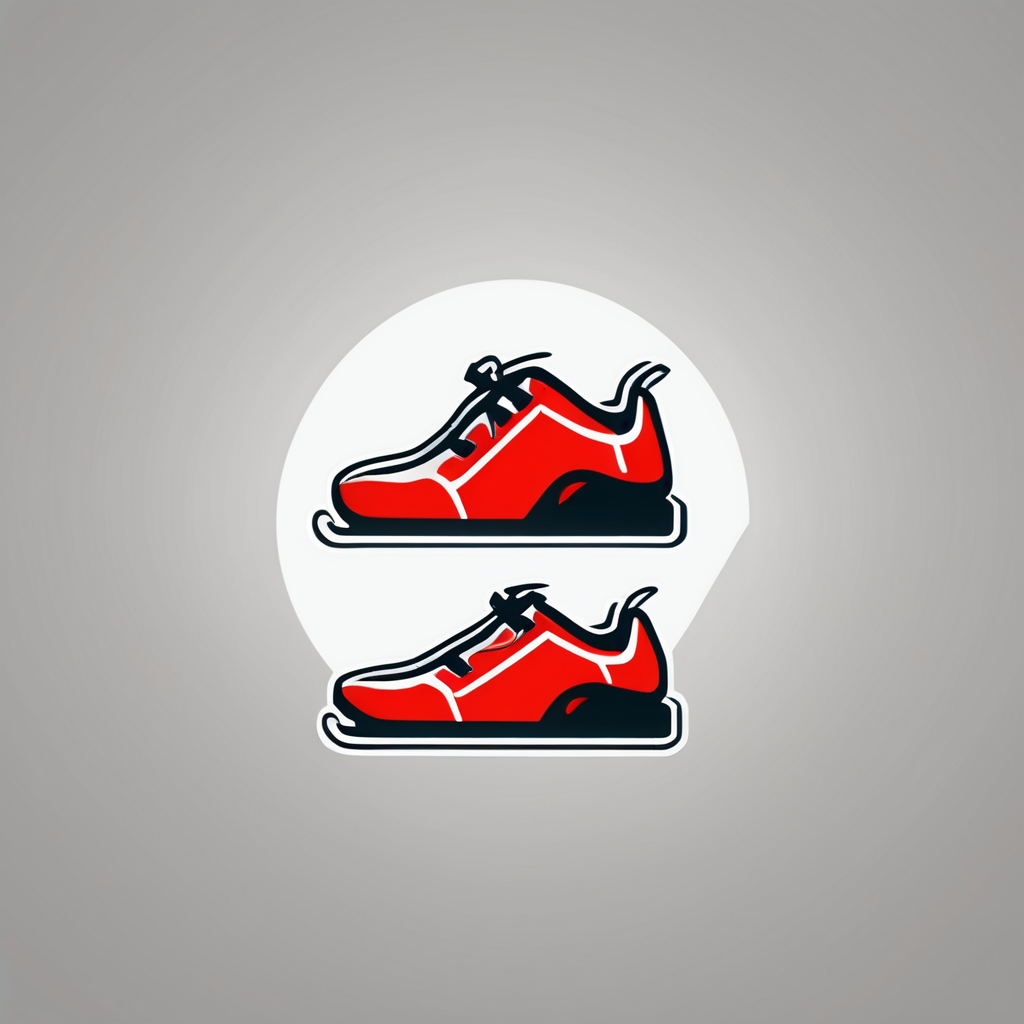Unlocking Precision: Boosting Professional Darts Accuracy with Advanced Mental Training Strategies
The Mental Game of Darts: Why It Matters
Darts, often perceived as a simple pub game, is in reality a highly demanding sport that requires a blend of physical skill and mental toughness. Professional darts players understand that the mental aspect of the game is just as crucial as the physical. Here, we delve into the advanced mental training strategies that top players use to enhance their performance and maintain precision under pressure.
The Psychology of Choking
Choking, or the failure to perform at a level expected, is a common phenomenon in high-pressure sports, including darts. According to the explicit monitoring theory, pressure can increase self-consciousness and anxiety, leading players to focus too much on the step-by-step execution of their skills, which can disrupt well-learned performances[2].
This might interest you : Riding the Tides: Expert Tactics for Surfers to Excel in Diverse Ocean Conditions
For example, Peter Wright’s experience in the 2017 Premier League Darts final against Michael van Gerwen is a stark illustration of this. Wright missed six match darts, ultimately losing the match and the substantial prize money that came with it. This incident highlights how even the best players can succumb to pressure and choke at critical moments.
Advanced Mental Training Techniques
To overcome the psychological barriers that can hinder performance, professional darts players employ a variety of advanced mental training techniques.
Also read : Creating Oceanic Unity: Dive Deeper with Underwater Drills for Superior Synchronized Swimming Teamwork
Visualization and Positive Self-Talk
Visualization is a powerful tool that involves imagining successful throws before stepping up to the oche. This technique helps build mental confidence and can be particularly effective in high-stakes matches. Luke Littler, the 17-year-old darts prodigy, credits his ability to stay calm and focused under pressure to his rigorous mental training, which includes visualization and positive self-talk[3].
- Visualization: Imagine yourself throwing perfect darts and hitting your targets consistently. Visualize the dart flying straight and true, and the feeling of satisfaction when it lands exactly where you aimed.
- Positive Self-Talk: Use affirmations to boost your confidence. Tell yourself, “I am in control,” “I can handle the pressure,” or “I am a skilled player.”
Breathing Exercises and Relaxation Techniques
Deep breathing exercises and relaxation techniques are essential for managing anxiety and maintaining focus. These methods help players calm their nerves and reduce muscle tension, which is critical for a smooth throwing motion.
- Deep Breathing: Take slow, rhythmic breaths before each throw to calm your nerves and focus your mind.
- Progressive Muscle Relaxation: Tense and then relax specific muscle groups to release physical tension. This can help you identify and release tension in your arms and hands[5].
Focus Shifting and Mindfulness
Shifting your focus away from performance pressure and concentrating on the process of throwing can significantly reduce self-doubt and anxiety. Mindfulness meditation is another technique that helps players stay present and avoid distractions caused by worries about past performances.
- Focus Shifting: Instead of worrying about the outcome, focus on the mechanics of your throw. Concentrate on your stance, grip, and the release of the dart.
- Mindfulness Meditation: Regular mindfulness practice can help you stay present and reduce distractions. This can be done through guided meditation sessions or simple mindfulness exercises during practice[5].
Practical Insights and Actionable Advice
Here are some practical tips and insights that can help you integrate these mental training strategies into your darts practice:
Developing a Pre-Throw Routine
A consistent pre-throw routine can help you stay focused and calm. This could include taking deep breaths, visualizing the throw, and using positive self-talk.
- Take three deep breaths to calm your nerves.
- Visualize the dart hitting the target.
- Use a positive affirmation, such as "I am in control."
- Focus on your throwing stance and grip.
- Release the dart smoothly and follow through.
Managing Pressure and Anxiety
Understanding the causes of pressure and anxiety can help you develop strategies to manage them. Here are some key points to consider:
| Cause of Pressure | Management Strategy |
|---|---|
| Self-Consciousness | Focus on the process, not the outcome. Use visualization and positive self-talk. |
| Distractions | Practice mindfulness and focus shifting. Use breathing exercises to calm nerves. |
| High Stakes | Develop a pre-throw routine to maintain consistency. Visualize success and use positive affirmations. |
| Audience Presence | Practice in front of an audience to build comfort. Focus on your game rather than the spectators. |
Real-Life Examples of Mental Toughness
Luke Littler’s rise to prominence in the darts world is a testament to the power of mental training. Despite being just 17 years old, Littler has shown extraordinary composure under pressure, maintaining a high success rate on doubles and hitting multiple high checkouts in critical matches[3].
“As I stepped up to the oche, I took a deep breath and visualized the dart hitting the target. It’s about staying calm and focused, even when the pressure is high,” Littler explained in an interview.
The Role of Technology in Mental Training
While traditional mental training techniques are highly effective, technology is also playing a significant role in enhancing player performance.
Real-Time Feedback and Analytics
Advanced analytics and real-time feedback systems can provide players with detailed insights into their performance. This data can be used to identify areas for improvement and to fine-tune their mental and physical techniques.
For instance, wearable technology can track a player’s heart rate, muscle tension, and other physiological metrics in real time, providing immediate feedback on their mental state. This information can be used to adjust their mental training strategies accordingly.
Virtual Reality Training
Virtual reality (VR) is another cutting-edge technology being used in darts training. VR environments can simulate high-pressure match scenarios, allowing players to practice their mental toughness in a controlled setting.
“VR training has been a game-changer for me,” said a professional darts player. “It allows me to practice under pressure without the real-world stakes, which helps me build my mental resilience.”
Boosting precision in professional darts is not just about physical practice; it is equally about mental toughness and the strategies used to maintain focus and composure under pressure. By incorporating advanced mental training techniques such as visualization, breathing exercises, and focus shifting, players can significantly enhance their performance.
As Luke Littler’s success story illustrates, a combination of rigorous physical training and advanced mental strategies can lead to remarkable achievements in the world of darts. Whether you are a seasoned professional or an aspiring player, these techniques can help you unlock your full potential and perform at your best.
In the words of Michael van Gerwen, “Mental toughness is what separates the good players from the great ones. It’s about staying focused, managing pressure, and believing in yourself, even when the stakes are high.” By embracing these advanced mental training strategies, you can elevate your game and achieve greatness in the world of darts.





